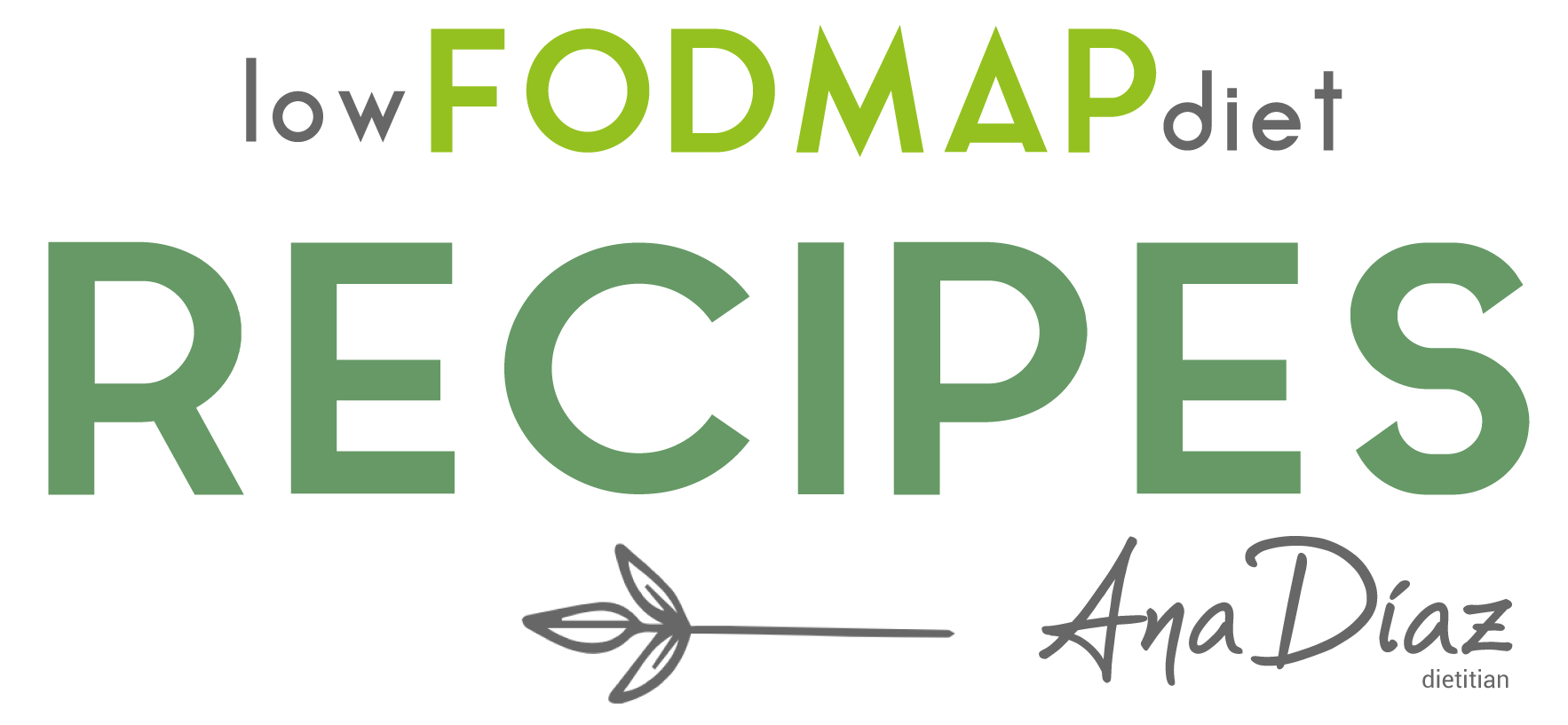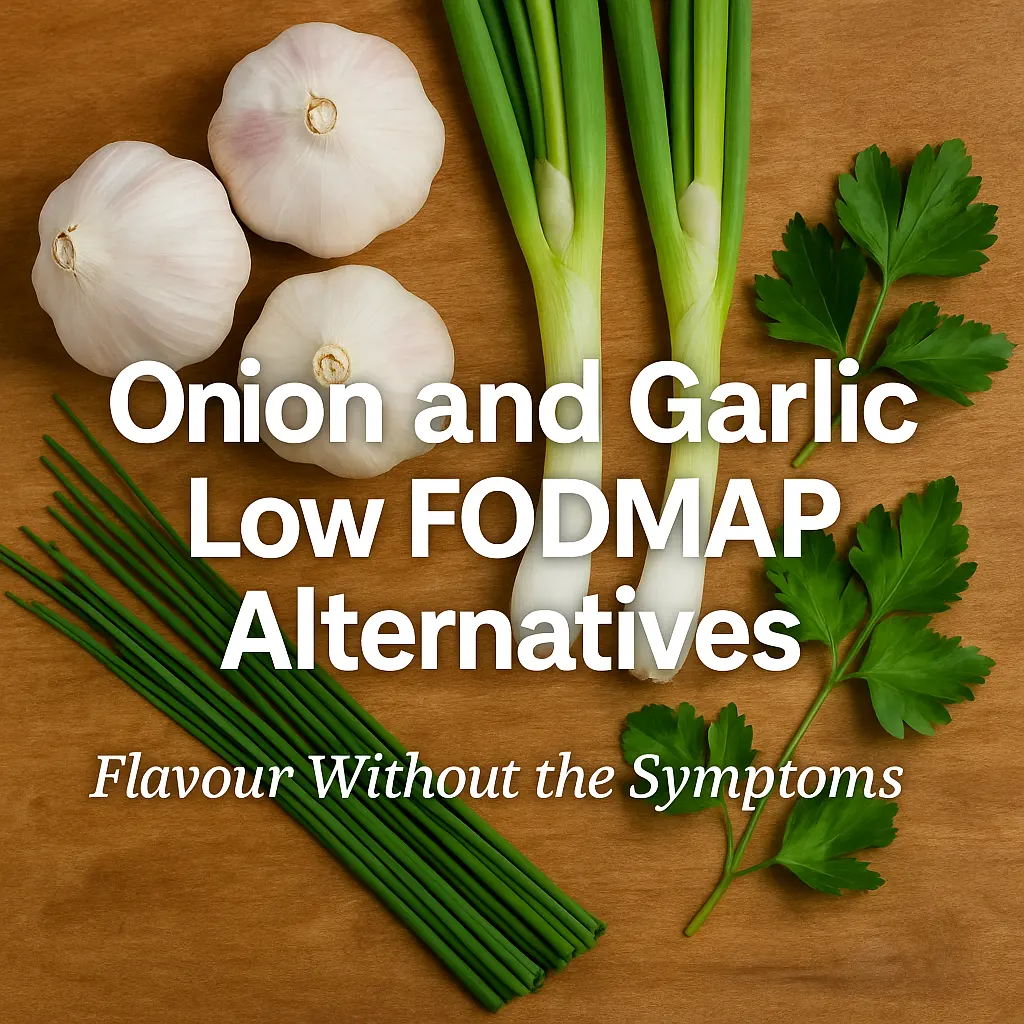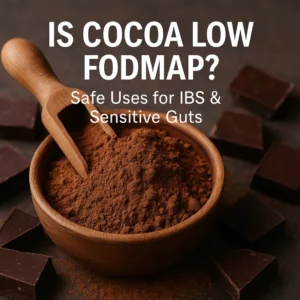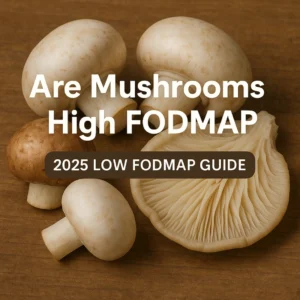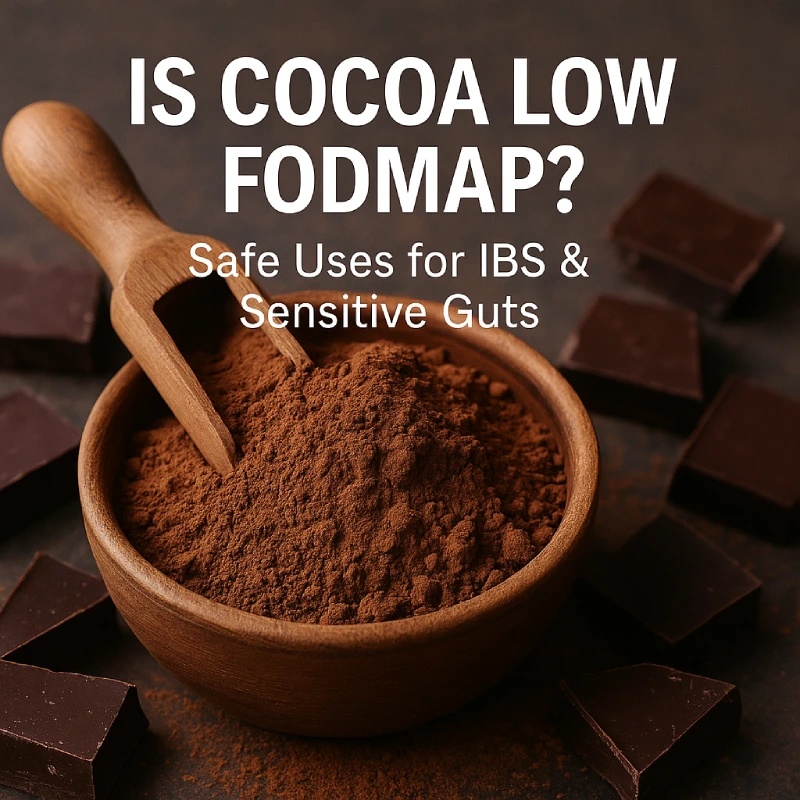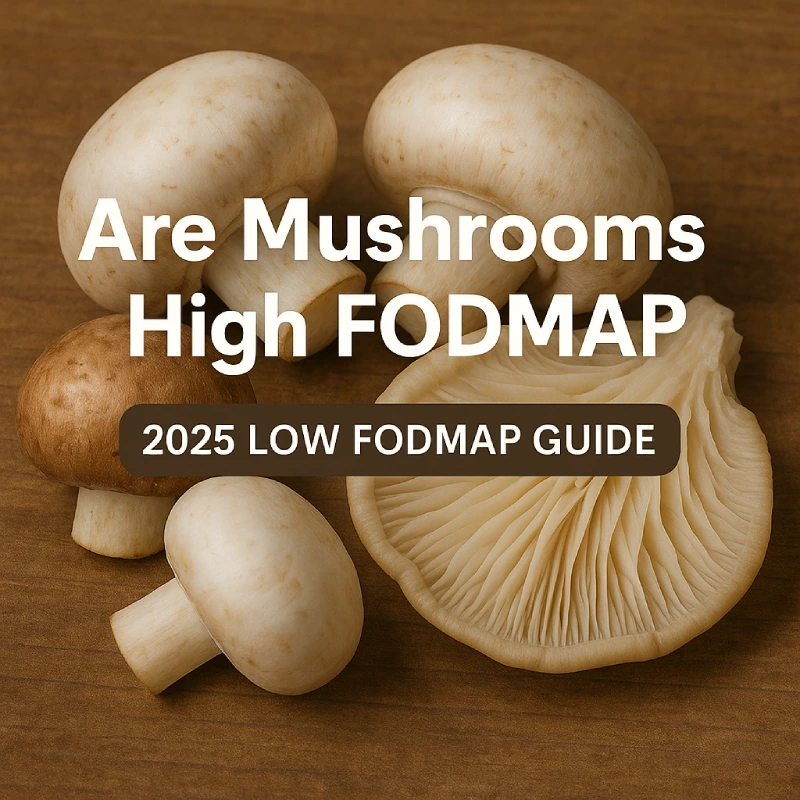Introduction
If you’re following a low FODMAP diet, you’ve probably discovered by now that garlic and onions are off the menu, at least in their raw, cooked, or powdered forms. Since they form the backbone of so many recipes, their absence can feel overwhelming at first.
But here’s the good news: flavour doesn’t need to disappear with them. There are plenty of onion and garlic low FODMAP alternatives, both fresh and ready-made, that can help you enjoy delicious meals without IBS symptoms.
In this guide, we’ll explore flavourful swaps, clever cooking tricks, and even certified low FODMAP products available in the USA (perfect spots to add affiliate links later).
Table of Contents
Why do we need substitutes for onion and garlic?
Both garlic and onion are rich in fructans, which belong to the FODMAP family of carbohydrates. For people with IBS, fructans can trigger bloating, cramping, diarrhoea, or constipation.
Because garlic and onion are such common “base” ingredients in global cooking, avoiding them can feel impossible. But with the right substitutes, you can create depth of flavour and enjoy meals that taste just as satisfying.
Fresh low FODMAP alternatives
1. Spring onion greens
The green tops are Monash-approved as low FODMAP and add a gentle onion flavour to salads, soups, and stir-fries.
2. Leek greens
The dark tops are low FODMAP and perfect for stocks, soups, and braised dishes.
3. Chives and garlic chives
Fresh chives are mild and onion-like, while garlic chives have a stronger flavour that works beautifully in dumplings, stir-fries, or salads.
4. Asafoetida powder
This Indian spice has a sulphurous smell in the jar, but once fried in oil, it mellows into a rich garlic-onion flavour. Use sparingly; a pinch goes a long way.
5. Fresh herbs and spices
Thyme, oregano, rosemary, smoked paprika, and cumin can help create complexity in dishes where onion and garlic would normally be the backbone.
Cooking tricks to boost flavour
- Garlic- and onion-infused oils: Because fructans don’t dissolve in fat, these oils are Monash-approved and safe. Use them to sauté vegetables, drizzle over salads, or finish soups.
- Layer flavours: Start with infused oil, add herbs and spices, then finish with citrus zest or chives.
- Balance sweetness and acidity: A little carrot, celery (small portion), or lemon zest can provide the same balance that onion and garlic usually offer.
Practical recipe ideas
- Pasta sauce: Use onion-infused oil, diced carrots, and herbs for depth, finishing with garlic chives.
- Stir-fry: Start with garlic-infused oil, add ginger and spring onion greens, then toss with veggies and protein.
- Soup base: Use leek greens and celery (small serving) sautéed in onion-infused oil. Add cumin and paprika for warmth.
- Homemade hummus: Blend chickpeas (canned and rinsed), tahini, lemon juice, and garlic-infused oil for a safe, flavourful dip.
Connecting the series: Garlic, onion, and beyond
This article is part of a series on managing garlic and onion on the low FODMAP diet. Be sure to check out:
Together, these three guides provide a complete roadmap for keeping flavour alive while protecting your digestion.
FAQs about Onion and Garlic Substitutes
What is the best garlic substitute on a low FODMAP diet?
Garlic-infused oil and garlic chives are the closest in flavour.
What is the best onion substitute?
Spring onion greens and leek greens are versatile and safe.
Can I find onion- and garlic-free seasoning mixes?
Yes, there are Monash-certified spice blends available in the USA.
Do these alternatives really taste like onion and garlic?
Not exactly, but when combined thoughtfully, they recreate the same depth and richness.
Can I use “flavour enhancers” like MSG?
Yes, MSG itself is low FODMAP and can boost savoury flavour.
Is asafoetida safe for IBS?
Yes, in the small amounts typically used in cooking.
Gentle reminder
The low FODMAP diet is not about removing flavour; it’s about finding what works for your body. With the right swaps and a little creativity, you can cook meals that are comforting, exciting, and gentle on your digestion.
